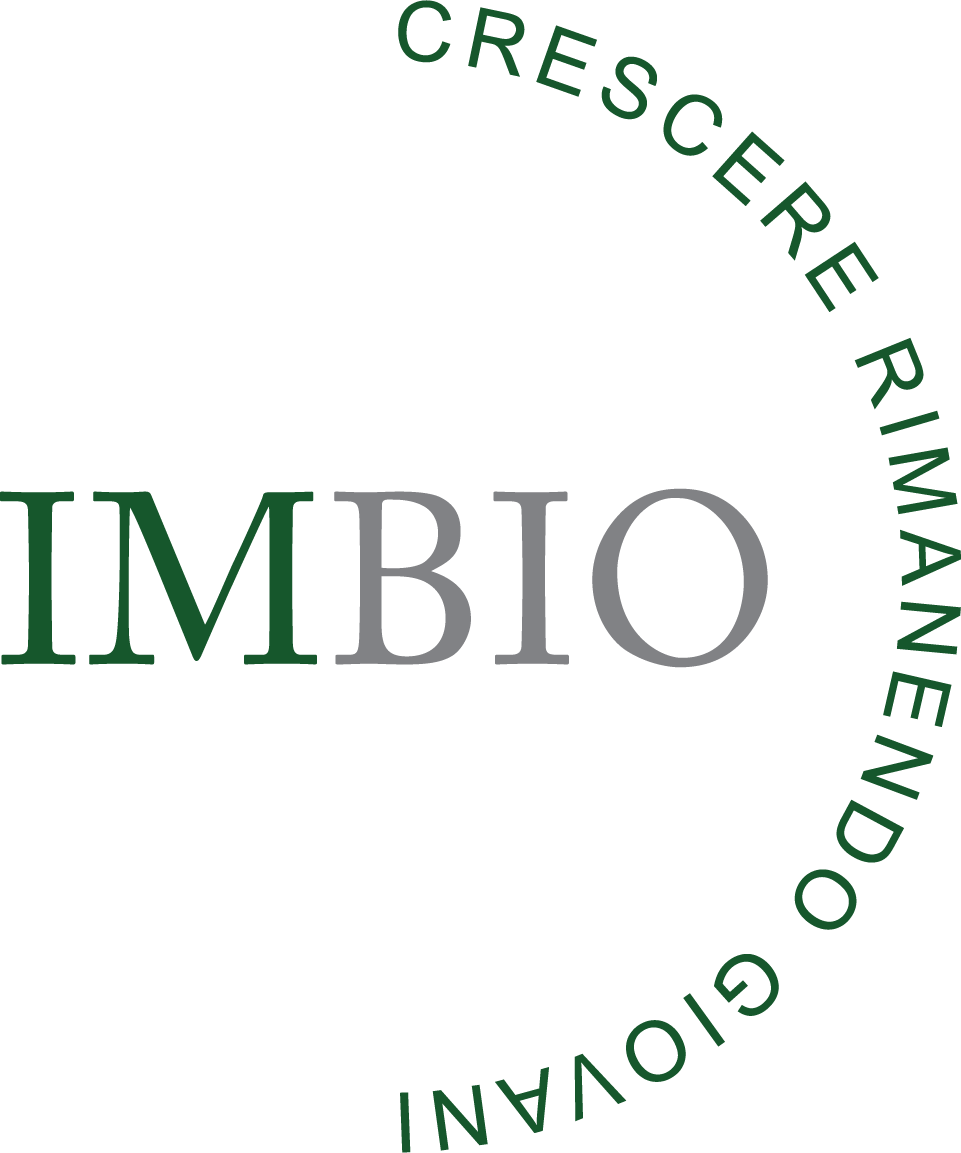Cancer Therapy Vol 7, 397-401, 2009
2009: Lissoni P; Fumagalli L; Brivio F; Rovelli F; Messina G; Di Fede G; Colciago M; Brera G
Division of Radiation Oncology, Milan, Italy
Biotherapy with the pineal hormone melatonin plus aloe and myrrh tincture in untreatable metastatic cancer patients as an essence therapy of cancer
Research Article
P. Lissoni1,*, F. Rovelli1, G. Messina2, F. Brivio3, B. Boniardi1, G. Porro1, L.Vigore4, G. Di Fede1, P. Marchiori1, G. Brera5
1 Institute of Biological Medicine, Milan, Italy
2 Psychiatric Division, Policlinico Hospital, Milan
3 Division of Surgery, Bassini Hospital, Cinisello,Milan;
4 Laboratory of Immunomicrobiology,San Gerardo Hospital, Monza, Milan;
5 Ambrosian University, Milan, Italy.
*Correspondence: Dr. Paolo Lissoni, Divisione di Radioterapia Oncologica, Ospedale S. Gerardo, 20052 Monza, Milano, Italia. Fax: +390392332284, e-mail: p.lissoni@hsgerardo.org
Key words: Aloe Vera, Melatonin, Mirrh, and Anticancer Immunity
Abbreviations: Melatonin (MLT), complete response (CR), partial response (PR), stable disease (SD), disease control (DC), progressive disease (PD), T helper lymphocytes (TH, CD4+), T regulatory lymphocytes (T reg, CD4+ CD25+)
Received: 30 July 2009; Revised: 18 October 2009
Accepted: 20 October 2009; electronically published: December 2009
Summary
Background: The recent advances in understanding the immunobiological interactions responsible for cancer progression have allowed us to define the mechanisms of action of some plants, whose antitumor properties were already known by the popular Medicine, in particular Aloe and Myrrha, whose mixture was already therapeutically utilized more than 2000 years ago by the Essence medicine. Moreover, some endogenous natural substances, namely the main hormone produced by the pineal gland melatonin (MLT) may also play anticancer activity. On this basis, a study was performed with a biological regimen consisting of MLT, Aloe and Myrrha in untreatable metastatic cancer patients with life expectancy lower than 1 year. Methods: The study included 35 patients. MLT was given orally at 20 mg/day in the evening and a mixed Aloe and Myrrha tincture was administered at a dose of 5 ml/thrice daily. Results: The clinical response consisted of complete response (CR) in 1, partial response (PR) in 2, stable disease (SD) in 19 patients, whereas the remaining 13 patients had a progressive disease (PD). Thus, a disease control (CR + PR + SD) was achieved in 22/35 (63%)patients. Moreover, a survival longer than 1 year was achieved in 17/35 (49%) patients. Finally, DC was associated with an evident improvement in the immune status, namely consisting of a decrease in the number of T regulatory lymphocytes, which are the main cells responsible for the suppression of the anticancer immunity. Conclusion: This preliminary study shows that a biological anticancer regimen consisting of the pineal hormone MLT in association with Aloe and Myrrha mixture, already known at the times of the Essence medical tradition, may induce a control of the neoplastic disease by stimulating the anticancer immunity, in a relevant percentage metastatic cancer patients, who did not respond to the conventional anticancer treatments and for whom no other standard therapy was available.
References
Davis RH, Parker WL, Sampson RT, Murdoch DP. Isolation of a stimulatory system in an Aloe extract. J Am Pediatr Med Assoc 1991; 81:473-8.
Capasso F, Borrelli F, Capasso R, Di Carlo G, Izzo AA, Pinto L et al. Aloe and its therapeutic use. Phytother Res 1998; 12:124-7.
Vogler BK. Aloe Vera: a systematic review of its clinical effectiveness. B J Gen Pract 1999; 49:823-8.
Claeson P, Zygmunt P, Hogestatt ED. Calcium antagonistic properties of the sesquiterpene T- cadinol. Pharmacol Toxicol 1991; 69:173-7.
Qureshi S, Al-Harbi MM, Ahmed M, Raza M, Giangreco AB, Shah AH. Evaluation of the genotixic, cytotoxic and antitumor properties of Commiphora molmol using normal and Erlich ascites carcinoma cell-bearing Swiss albino mice. Cancer Chemother Pharmacol 1993; 33130-8.
Blazquez C, Casanova ML, Planas A, Del Pulgar TG, Villanueva C, Fernandez-Acenero MJ et al. Inhibition of tumor angiogenesis by cannabinoids. FASEB J 2003; 17:529-31.
Grotenhermen F. Pharmacology of cannabinoids. Neuroendocrinol Lett 2004; 25:14-23.
Aggarwall BB, Kumar A, Bharti AC. Anticancer potential of curcumin. Preclinical and clinical studies. Anticancer Res 2003; 23:363-98.
Lodha R, Bagga A. Tradictional Indian system of Medicine. Ann Acad Med Singapore 2000; 29:37-41.
John’s Gospel 19,38-40.
Iguchi H, Kato KI, Ibayashi H. Age-dependent reduction in serum melatonin concentrations in healthy subjects. J Clin Endocrinol Metab 1982; 55:27-9.
Attanasio A, Borrelli P, Gupta D. Circadian rhythms in serum melatonin from infancy to adolescence. J Clin Endocrinol Metab 1985; 61:388-90.
Jankovic BD. Neuroimmunomodulation. Ann NY Acad Sci 1994; 741:3-38.
Brzezinski A. Melatonin in humans. N Engl J Med 1997; 336:185-95
Bartsch H, Bartsch C. Effects of melatonin on experimental tumors under different photoperiods and times of administration. J neural Transm 1981; 52:269-79
Regelson W, Pierpaoli W. Melatonin: a rediscovered antitumor hormone? Cancer Invest
1987; 5:379-85
Lissoni P. Is there a role for melatonin in supportive care? Supp Care Cancer 2002; 10:110-6.
Sze S, Ng T, Liu W. Antiproliferative effect of pineal indoles on cultured tumor cell lines. J Pineal Res 1993; 14:27-33.
Maestroni GJM. The immunoneuroendocrine role of melatonin. J Pineal Res 1993; 14:1-10.
Lissoni P, Brivio F, Fumagalli L, Messina G,Vigorè L, Parolini D et al. : Neuroimmunomodulation in Medical Oncology: application of Psychoneuroimmunology with subcutaneous low-dose IL-2 plus the pineal hormone melatonin in patients with untreatable metastatic solid tumors. Anticancer Res 2008; 28:1377-82.
Shevach EM. CD4+CD25+ suppressor T cells: more questions than answers. Nat Rev Immunol 2002; 2:389-400.
Rorschach H. Psychodiagnosytics. Ed HA Huber, Bern, Stuttgart, Toronto. Verlag, 1921.
Lissoni P, Messina G, Parolini D, Balestra A, Brivio F, Fumagalli L et al.:A spiritual approach in the treatment of cancer. In Vivo 2008; 22:557-82.
